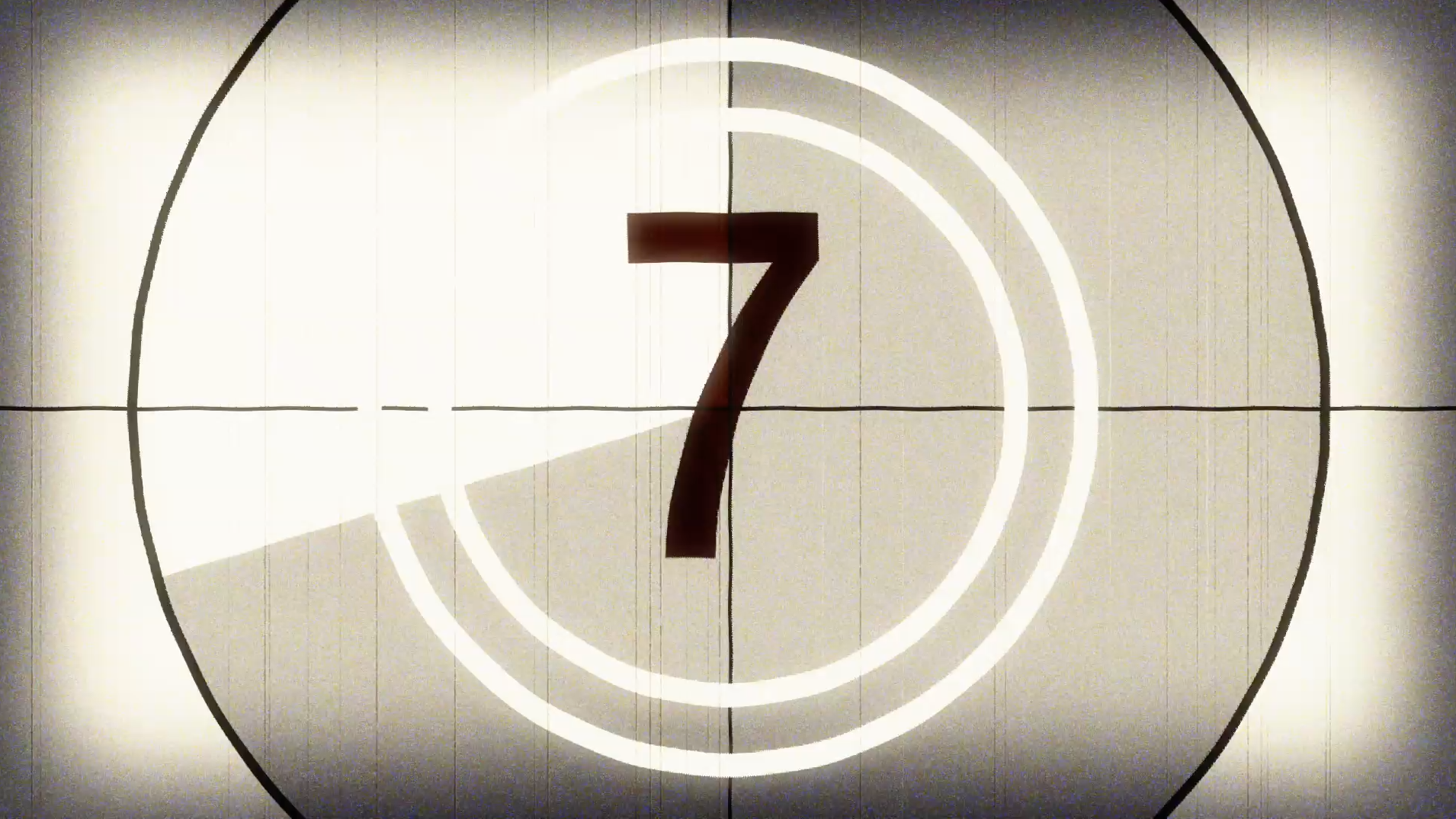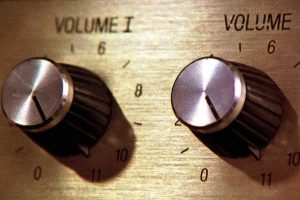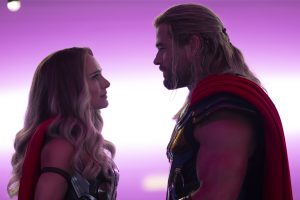There are many ways to create a great opening credits. Their role is to introduce the themes, locations, characters or problems that will be covered and encountered in the film or TV show they introduce over a short span of time. And it’s for this reason that one of the most enduring formulas to create opening credits sequences is a montage. In the halcyon era of 90s sitcoms, it was often more than enough to recycle excepts and highlights from the show itself in order to give an idea of what was to come. Technically speaking, of course, all of these sequences fall under the category of stock-footage, because the clips used were not shot for purpose. But with so many montages out there, and the ‘skip intro’ button of online streaming services looming large, it’s become more important than ever to create a unique standalone introduction sequence that sticks, and is worth watching.
Over the years, opening sequences have become as highly anticipated as the content they introduce; from the ever-changing blackboard and couch gags in The Simpsons, to the re-designed credits that introduce a new Doctor on Doctor Who or the new setting of American Horror Story each season, getting credits right can be an excellent way to generate publicity and sustain intrigue and interest from a totally new angle. And as we will see, stock footage can even contribute to and stoke the hype and conversation surrounding the shows and films they’re associated with.
As a production tool, stock footage lends itself especially well to opening credits because of their tendency to invite audiences to make metonymic connections between diverse and abstracted imagery and subjects in order to quickly communicate all of the above in a short, palatable sequence. We’ve compiled a list of some of the great opening sequences from TV shows and Movies that use stock footage to achieve some really hard-hitting, highly watchable credits that defy the ‘skip intro’ button.
1. The Unbreakable Kimmy Schmidt
The success of the opening sequence for The Unbreakable Kimmy Schmidt hinges on its ultra-referential format. By merging together the online phenomenon of the viral news-footage remix, (the theme song is composed by the Gregory Brothers – the same duo who kickstarted the online phenomenon) interspersed with grainy stock shots of typical childhood memories and footage from the first episode, the opening sequence successfully informs audiences both of Kimmy’s backstory, and where she is now. The themes explored in the stock footage are reflected in the vibrant, tween-friendly colour scheme, emphasising the point at which Kimmy’s life was put on hold, and the point from which she now re-enters the world.
Creative Director: Emily Oberman
Studio: Pentagram
However, the use of stock footage not only made for highly watchable opening credits, but they also pushed for the sequence to become a viral phenomenon in its own right, because one stock clip – the hula-hooping girl – also appears in another credits sequence…
2. The Americans
The hula-hooping girl’s reappearance in the opening sequence for The Americans means that an abundance of theories have cropped up speculating on the ways the two shows might be linked. The Americans sequence superimposes graphics and drawings onto a combination of original and stock images to invoke a brief, yet cutting juxtaposition of eerily similar Soviet and American propaganda from the Cold War era. But since tracking down the rights-owners for propaganda posters and other tools can be difficult, animators had to get creative and recreate them. This process of re-creation and reimagining, however, is especially fitting for a show all all about Soviets posing as Americans. The image manipulation includes the cookie-cutter all-American family photo, with cast photos tacked over it. Coincidentally, eagle-eyed fans have noticed that this stock image also appears in the opening sequence of Parenthood. It even underwent a similar treatment, having been photoshopped to resemble the Parenthood cast. The duplication of the photo across two credit sequences, both of which alter the image to include the characters of their respective shows, adds a meta touch to the themes explored in The Americans.
Creative Director: Angus Wall
Studio: Elastic
3. Masters of Sex
In the same pattern of stock footage being used to acutely convey a sense of place or time, the studio Elastic have shown that the montage can be a great vehicle to express both humour and attitudes. The credits comprise a combination of original footage and stock clips, each euphemistically depicting an element of sex and sexuality. For a show dramatising the scientific research of a then-taboo subject, the combination of images (trains through tunnels, blooming flowers, beavers) which encourages viewers to make their own connections and draw conclusions from the visual information put before them is a perfect introduction for the content to come.
Creative Director: Leanne Dare
Studio: Elastic
4. Vikings
From lighthearted, tongue-in cheek humour of to the darkly dramatic: the stock footage used in the opening credits sequence for Vikings is miles away from the diverse, but straightforwardly shot selection of clips used for Masters of Sex. VFX studio The Mill incorporated a selection of stock clips that feel natural and cinematic with their own footage, and have given them some heavy post-production treatment so that they fit the original elements shot underwater. And since shooting underwater takes a lot of time, planning and coordination, the stock footage used probably helped save on time so that it could be dedicated to the more challenging production aspects of this sequence. Combined (sometimes literally, through True Detective-style double exposure), silhouetted trees, fire, and dense woodland help to invoke the bleak, dark and oppressive environment in which the show is set.
Creative Director: Rama Allen
Studio: Mill+
5. True Blood
Equally hypnotic and intense – which is hardly surprising given that it was masterminded by the same creative director Rama Allen – is the opening credits sequence for True Blood. Though many of the clips used in it could be – and even look like – stock footage, much of it is original. However, all of the wildlife clips (snakes striking, foxes decomposing, frogs climbing into Venus fly-traps) are stock footage, as this is particularly difficult and time-consuming to shoot. Inserting these clips among footage depicting the environment and culture of the deep-south adds a sense of nature, red in tooth and claw (or fang). The contrast with an an otherwise human-centric credits sequence, cleverly reminds audiences that the characters in the show being introduced are anything but human.
Creative Director: Rama Allen
Studio: Digital Kitchen
6. Dr. Strangelove or: How I Learnt to Stop Worrying and Love the Bomb
All of our examples so far have demonstrated how stock footage can lend a credits sequence a sense of history, whether it stretches back 1000 years or 10, as a way of setting the scene or fleshing out characters before audiences meet them properly – but arguably one of the most famous opening sequences that doesn’t use original footage is that of the 1964 film, Dr. Strangelove, a filmic historical artefact in its own right. This well known sequence uses archival footage of multiple aircraft, sourced from the Boeing company. Though the aircraft featured in the opening sequence are emphatically not the B-52 bomber featured in the film, the often-suggestive footage sets up the gags and innuendos sprinkled throughout, as well as setting up the central premise, which follows the bomber crew as they attempt to deliver their payload.
Creative Director: Pablo Ferro
Studio: Ferro, Mohammed & Schwartz, Inc.
7. Narcos
The Narcos opening sequence follows Dr. Strangelove‘s lead, using advertising footage from an airline for one of the shots. However, because it featured individuals who hadn’t signed releases for their likenesses to be used in this fashion, director of photography, Nik Klerov had to get creative, as tracking the actors down would have been time-consuming, if not impossible. By redacting the faces in the clip, the sequence skirts a licensing issue, as well as adding to the sense of surveillance in the show.
Creative Director: Tom O’Neill
Studio: Digital Kitchen
Narcos isn’t the only show with an opening-credits sequence to add just one piece of stock or archive footage in order to add a stylistic flourish. The Transparent opening sequence features a short clip from the documentary The Queen, as an homage to one of the earliest portrayals of transgender individuals on-screen, while Hawaii Five-O uses footage of a breaking wave recycled from the film Blue Surf Ari. In the case of the former, a snippet of found footage speaks to the legacy in which television shows can find themselves operating and to which they contribute; in the case of the latter, it serves as a sly wink to the location-specific genre in which it operates.
Bonus Round!
8. 21 Jump Street
This list covers opening sequences, but the end-credits sequence of 21 Jump Street deserves a special mention because not only does it occur just after the setup for a sequel (so at a stretch, it could technically double up as an opening sequence) but also because it uses a whole host of stock footage, and doesn’t try to hide it. The unabashed use of stock footage helps illustrate the way in which the two main characters perceive themselves: as stock, macho, all-American action heroes, with all the stereotypical accompanying imagery. The sequence includes a wide variety of shots from doves, to bullets to spinning dolphins and a bald eagle. The montage, as well as being as over-the-top as the film that preceded it, is a knowing wink to the drug-induced montage sequences featured earlier in the film which include (you guessed it) stock footage. Specifically, an exploding watermelon.
Creative Director: Brian Mah
Studio: Imaginary Forces
Aaaaaaaand that concludes our list! We’ve seen footage new and old; different stock clips, the same stock clips (and images) used to different ends; we’ve seen subtle uses of stock footage and unsubtle uses, but nevertheless, each of these opening sequences falls under the umbrella of highly watchable, artistically creative intros to the television shows and films we know and love. As always, do let us know if we’ve missed any glaringly obvious examples!




